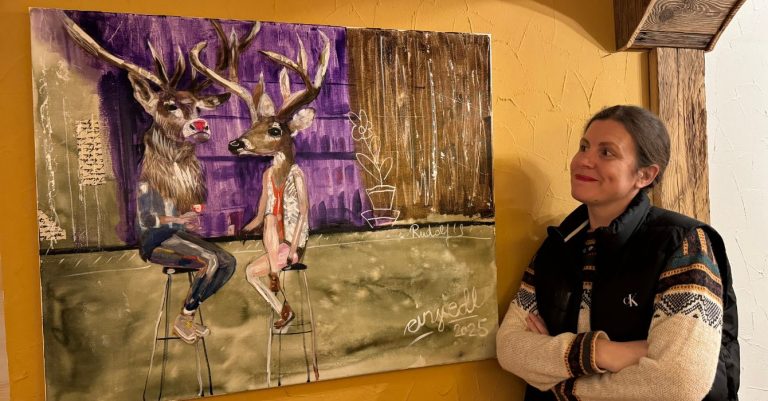The Ore Mountains are characterised by a long and eventful history. German-Czech relations in particular have played an important role in the region. The border between Germany and the Czech Republic runs right through the centre of the Ore Mountains and has strongly influenced the region.
People of different languages
Over the centuries, people of different languages and cultures have met, exchanged and fought with each other here. The two regions were closely linked, be it through trade, culture or language. There are many points of contact and similarities between the two sides, such as traditional craftsmanship and mining traditions.
However, political developments in the 20th century led to a separation and estrangement between the two countries. In the first half of the 20th century, German-Czech relations were characterised by numerous conflicts and tensions. The Ore Mountains region in particular, which stretches along the border between Germany and the Czech Republic, was a focal point of conflict during this period.
Differences between the two nations
The political and cultural differences between the two nations led to a number of conflicts, including nationalist tendencies and territorial claims. The consequences of these conflicts were profound and continue to have an impact on German-Czech relations to this day.
In the first part of the 20th century, the region was once part of the Kingdom of Bohemia and belonged to Austria-Hungary until the end of the First World War. After the collapse of the empire, the territories were taken over by the Czechoslovak Republic. The German-speaking population felt threatened in their identity and demanded more autonomy. During the Second World War, the region became part of the Sudeten German territories and was returned to Czechoslovakia after the war. Many of those who were born on the Czech side of the border then moved to the Sudetenland after the Second World War. the expulsion moved to Germany.
characterised during the GDR era
Relations between Germany and the Czech Republic were also characterised by political tensions and conflicts during the GDR era. While the GDR and Czechoslovakia were formally close friends, there were always difficulties and mistrust on both sides. The issue of the inner-German border was a particularly sensitive one, as Czechoslovakia, as a neighbouring country of the GDR, was particularly affected. Due to its geographical location and political orientation, the GDR only had limited opportunities for exchange with its neighbouring country.
However, there were also companies in the Ore Mountains that produced on both sides of the border and cooperated closely with each other. The exchange of music and dance was also possible despite the political tensions. German-Czech folklore groups were formed in the Ore Mountains and organised joint performances and festivals.
cultural connections
Despite these cultural connections, however, the border was a hard political dividing line that also showed its ugly face in the Ore Mountains. The border fortifications and the dismantling of bridges and paths led to a spatial separation and made everyday life more difficult for people on both sides of the border. It was only after the fall of the Wall and the reunification of Germany that the border was reopened and German-Czech relations were able to flourish again.
In relation to "West Germany"
In Beziehung zu “Westdeutschland” brachten die verschiedenen politischen Systeme und Ideologien immer wieder Spannungen mit sich. Dennoch gab es auch positive Entwicklungen in den „west“deutsch-tschechischen Beziehungen. So gab es im Rahmen des kulturellen Austauschs viele Begegnungen zwischen Künstlern und Intellektuellen beider Länder. Auch der Austausch von Studenten und Wissenschaftlern trug dazu bei, dass sich die Beziehungen zwischen Deutschland und Tschechien langsam verbesserten.
Today, relations between the two countries are much more relaxed and friendly. There are numerous projects and initiatives that help to further strengthen the German-Czech friendship. And in the Ore Mountains in particular, there are many opportunities to engage with their shared history.
Museum of the Ore Mountains
For example, you can learn more about the former mining and craft traditions of both countries at the Erzgebirge Museum in Annaberg-Buchholz. Or you can visit Schwarzenberg Castle, which is located on the Czech side of the border and is an example of the once close connection between the aristocratic houses of the two countries. The tradition of craftsmanship in the Ore Mountains, such as the production of smokers and nutcrackers, is particularly important on both sides of the border.








